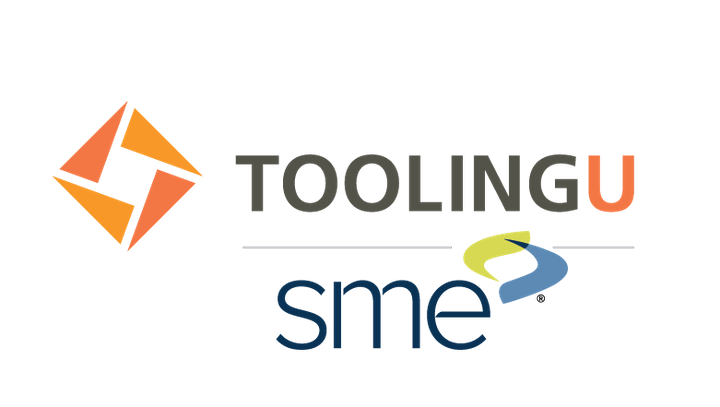A number of instruments have the right amount of sensitivity required to inspect most cylindrical parts, but a CMM is often the most accurate. Inspection starts by measuring each size dimension in two ways: the cross-sectional dimension, or actual local size, at one location along the part and the actual mating envelope (AME) along the part’s entire length. Cylindrical parts are also routinely inspected for certain geometric tolerances. The ways in which a part must be inspected is based largely upon its shape. Thus proper inspection of a cylindrical part requires an understanding of its basic dimensions and tolerances. After the class users should be able to describe best practices for inspecting the complete layout of a cylindrical part.
Course Objectives:
- Describe cylindrical part inspection
- Describe the size dimensions used in cylindrical part inspection
- Describe how size dimensions are measured during cylindrical part inspection
- Explain how tolerance impacts the way a feature is gaged
- Explain how to measure the hole diameter of a cylindrical feature
- Explain how to inspect a cylindrical feature for circularity and cylindricity. Explain how to inspect a cylindrical feature for concentricity. Explain how to inspect a cylindrical feature for total runout. Explain how to inspect a cylindrical feature for position
- Explain how to inspect a cylindrical feature for circular runout.
Recommended Background
- Recommended for manufacturing personnel, particularly for the quality control and inspection department.
Course ID
TU036
Skill Focus
Beginner
Instructor(s)
Tooling U - SME
Employee Type
New Applicants,1st level Supervisors, Operations teams
Method of Delivery
Online
Estimated Effort
2.5 hrs
Cost
Contact for Price
Contact ToolingU for Course Program Details.
 Tooling U - SME
Tooling U - SME